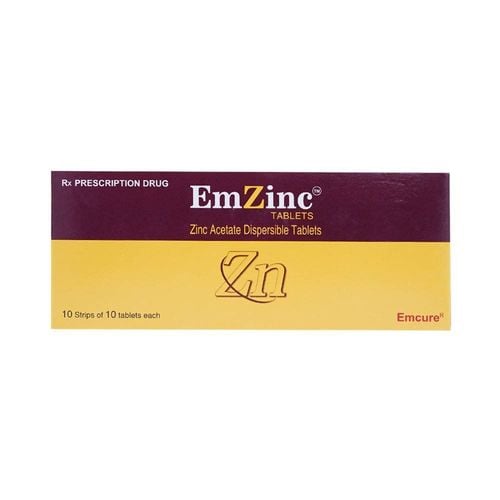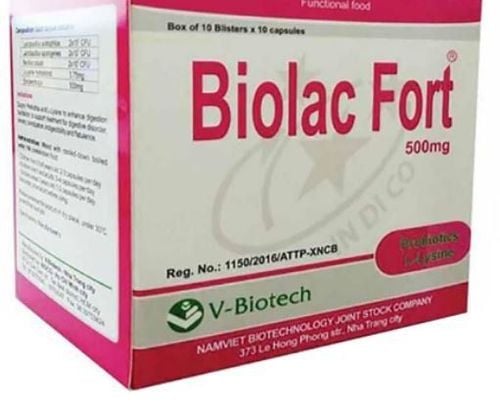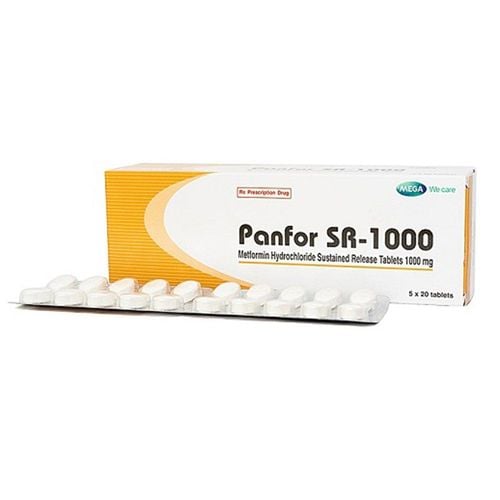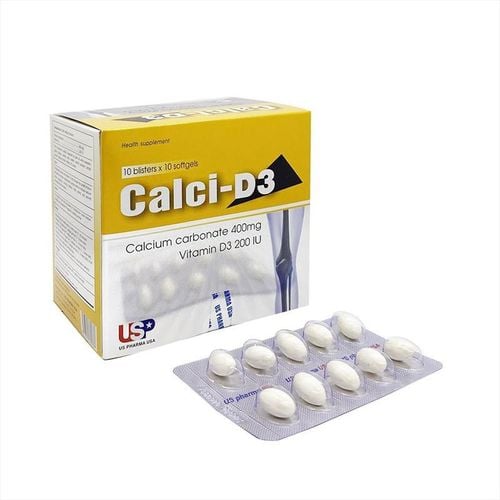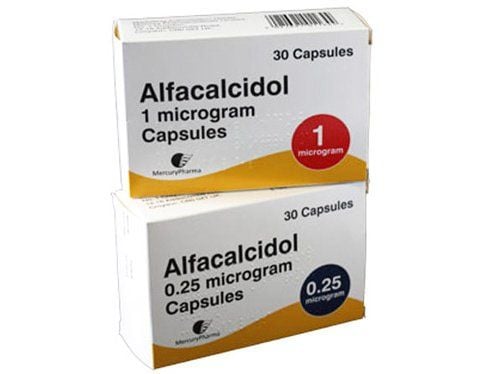This is an automatically translated article.
Rickets and malnutrition are two different diseases. Building a scientific diet and participating in outdoor activities are the keys to support your baby's healthy development.
1. What is rickets?
1.1. Signs of rickets In order to diagnose children with rickets, in addition to testing the blood calcium index, doctors also rely on a number of signs including:
Children often cry, startle easily, do not sleep well and profuse perspiration Rash-shaped hair loss The skull bone has abnormal manifestations: the fontanelle is wide, soft and closed for a long time; the appearance of a hump on the top of the head or forehead; Catfish flattened head Slow teething, dystonia, frequent constipation, slow movement such as rolling, crawling, walking,... Children with hypocalcemic convulsions when acutely ill, if serious can lead to complications such as rib necklaces, O-shaped, X-shaped limbs 1.2. Causes and treatment The main cause of rickets in children is vitamin D deficiency, making it difficult for the body to absorb and metabolise calcium and phosphorus - two important and necessary substances for healthy growth. bone development.

Thiếu vitami D là nguyên nhân chính gây ra bệnh còi xương ở trẻ.
The highly effective method when treating rickets in children is to find out the cause of the disease and treat it by adding vitamin D to the child.
Supplement vitamin D by every morning before 9 am daily from 15 - 30 minutes for the precursor vitamin D under the skin to metabolise and increase the absorption of calcium - phosphorus for children.
In addition, the patient may be prescribed some calcium supplements by the doctor. Dosage and duration of use of the drug must be strictly adhered to as prescribed by the doctor. If you take an overdose or take vitamin D for a long time, the excess calcium will be excreted in the urine, easily causing chronic kidney stones or arterial calcification. The need for vitamin D is different for each individual, parents also need to consult a nutritionist before planning a calcium-rich menu for their baby at weaning age.
2. Malnourished children
2.1. Symptoms When a child's body is not provided with the necessary nutrients, the body's health and growth process will be affected. Common signs are that children are overweight or lose weight, they are often tired, anorexia, fussy and easy to get sick; Children are also not active, slow teething and motor development. If severe malnutrition is also shown in 3 forms: edema, atrophy and mixed.
Edema: Due to being fed only starch, children are not provided with enough energy or multi-micronutrients. Common symptoms are generalized edema, pale skin, body deterioration, hypocalcemia, dry eyes, night blindness, and frequent illness. Atrophy: The degree of deficiency is milder than that of edema, but the muscles of the child atrophy, the skin wrinkled looks like an old person. The atrophy has a better prognosis than the edematous form due to less damage to internal organs. Mixed form: A combination of the two above. 2.2. Causes and treatment The cause of child malnutrition is due to a lack of nutrients and unscientific feeding methods, which can be mentioned as early weaning, starting to feed the baby at the wrong time, or starting to feed the baby at the wrong time. Poor quality food makes the baby susceptible to infections and chronic diseases, unable to grow up healthy.
If the child has mild and moderate malnutrition, it can be treated at home by changing the appropriate diet, finding the cause and eliminating the diseases that make the child malnourished. In addition, it is advisable to monitor the weight periodically as well as give the children full vaccinations.
In case of severe malnutrition, the child must go to the hospital to give the child rehydration, electrolytes, vitamin and mineral supplements, protein infusion, combined with treatment of some symptoms of anemia, infection, hypoglycemia and body temperature.

Khác với còi xương, trẻ bị suy dinh dưỡng thiếu rất nhiều loại khoáng chất cần thiết
3. Distinguishing rickets and malnutrition
It is easy to distinguish between rickets and malnutrition based on the following factors:
Appearance of the child There are cases where the child looks not only not malnourished, but also very plump and eats and sleeps well, although Still have rickets. In contrast, some children are quite stunted, even malnourished, but do not have rickets at all.
Treatment method Doctors prescribe vitamin D and calcium supplements as the only treatment for rickets in children. Meanwhile, fortification of vitamin D and calcium is one of the many, but not the main, ways of treating malnutrition.
Causes of disease Malnutrition is a deficiency of essential nutrients, affecting the growth of the body, especially children whose measurements of weight and height are inferior to those of their peers. At the same age, rickets may or may not be affected.
On the other hand, the cause of rickets is because the baby is not provided with enough calcium and phosphorus to meet the needs of development, leading to damaged or deformed bones. Fatty rickets also occur because the need for calcium and phosphorus of these babies is higher than normal.
To improve rickets and malnutrition in children, parents should supplement children with supportive products containing lysine, essential micro-minerals and vitamins such as zinc, chromium, selenium, and B vitamins to help meet the needs of children. meet the nutritional needs of children. At the same time, these essential vitamins also support digestion, enhance nutrient absorption, help improve anorexia, and help children eat well. Parents can also apply dietary supplements and functional foods derived from nature for easy absorption by the baby. The most important thing is that the improvement of the baby's symptoms must take place over the long term. Combining many types of functional foods at the same time or changing many types in a short time can make the baby's digestive system unable to adapt and completely not good. Therefore, parents must be really persistent with their children and regularly visit the website vimec.com to update useful baby care information.




